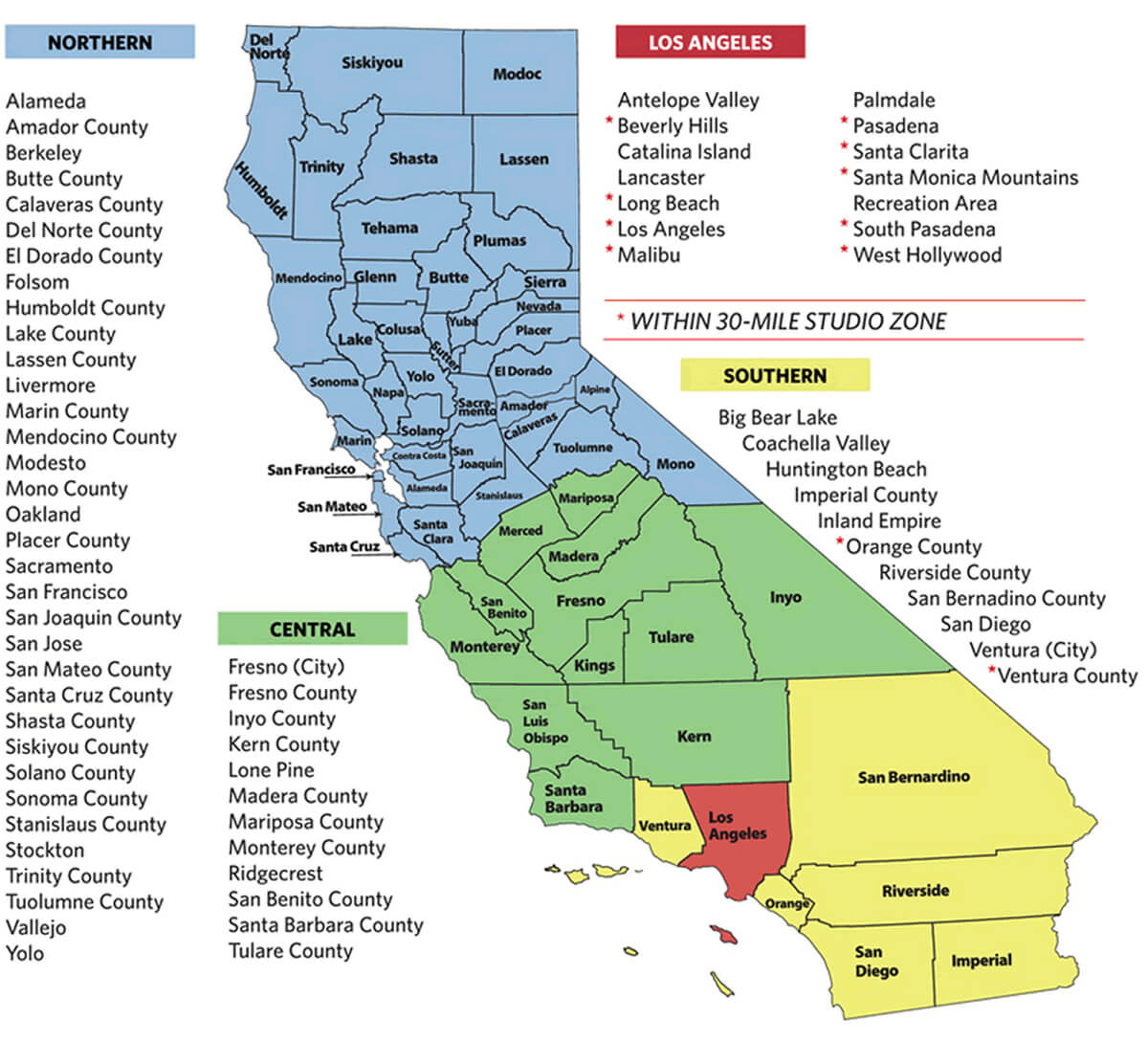California County Totals – Discover the 58 Regions of the Golden State
California County Totals – Discover the 58 Regions of the Golden State
Blog Article

Have you ever wondered what the exact county count in California is? You’re not alone. From trivia nights to travel planning, the number 58 keeps popping up, but that single digitonly tells half the story.
California’s counties forma tapestry of extremes: fog-kissed seaside towns, snow-capped alpine districts, vast agricultural heartlands, and thriving tech metropolises. None of these counties lacks a unique backstory, forged throughrailroad expansion, high-tech revolutions, and waves of cultural fusion.
Throughout this guide, we’ll explorehow the state’s county map froze at fifty-eight, what each county actually does for its residents, and which ones stand out for size, population, or sheer quirkiness. When we’re done, you’ll have the numbers—and be ready to ace any quiz with confidence.
Origins of California’s 58 Counties
Upon admission to the United States, the map was a patchwork of just 27 jurisdictions. A tidal wave of forty-niners and immigrants compelled legislators to carve out new counties. Before the century turned, the how many countries in california count had expanded toward more than fifty counties, and that same year the remaining gaps were closed, locking in the now-famous tally of 5 8.
Legislative records show that most new counties sprang out of three major pressures:
- Geographic isolation turned routine business into week-long trips.
- Economic clashes splitting river towns from hinterlands ignited partition drives.
- Language and immigrant communities sought their own seats.
In less than seventy years, the political map hardened. In modern times, no proposal to add a 59th county has cleared committee, causing commentators to dub the era when new counties sprouted truly closed.
Landscape and Climate Diversity Across California Counties
Plot a route from the Smith River watershed to border-side Calexico, and you’ll thread through a climatic kaleidoscope. Ocean-brushed jurisdictions benefit from marine layers and mild winters, while great agricultural belts bank on irrigation.
- Mountain counties such as Placer, Nevada, and Alpine store California’s snowpack.
- Sacramento–San Joaquin fringe counties balance peat islands and orchards.
- Channel-coast administrators like Los Angeles oversee ferry routes.
This breadth clarifies why no two counties share identical economies. Weather sets tax bases and lifestyles.
What Counties Actually Do
Within the state’s tiered system, municipalities handle zoning, but counties shoulder the bread-and-butter functions that make communities livable. From birth to death—marriage licenses, tax rolls, voter registries—all reside at the recorder-assessor’s office.
County law-enforcement offices patrol unincorporated land, while trial courts hear civil suits. Health departments distribute food assistance. Funding debates fill chamber galleries with activists.
Case Study: Tiny Alpine County
Los Angeles County alone employs 100 000+ workers, illustrating how flexible county governance proves. Uniformity would never work when land areas shift from 47 to 20 000 sq mi.
In the end, county offices bridge Sacramento’s big laws and local reality. Grasping their portfolio guides newcomers navigating paperwork.
Demographic and Fiscal Highlights
Home to over 39 million residents, but the headcount collects in dramatic clumps. LA’s single jurisdiction accounts for roughly a quarter. At the other extreme, high-elevation Alpine hovers around a thousand residents.
- Top headcount: LA County
- Smallest by residents: Alpine County
- Biggest footprint: San Bernardino
- Tightest borders: San Francisco
Fiscal bandwidth mirrors population spread. South Bay enclaves boast per-capita GDP rivaling small nations, while Central Valley breadbaskets face commodity price swings. Such economic polarity fuels housing affordability crises every decade.
Memorising these records pays dividends: tax rates, job prospects, and lifestyle perks hinge on county lines.
Touching All Counties in One Journey
County-collecting hobbyists, visiting every single county has become a badge. One ambitious loop kicks off in the south-west corner, rolls up the Pacific Coast Highway, curves inland at Monterey, then cuts a diagonal across the Central Valley’s orchard belt, before snaking into the granite spine for ghost towns and mining museums.
Three-Day County Clusters
- Southern Swing – Mission trail coast; ten jurisdictions in three days.
- Crop-Belt Drive – Bakersfield up to the delta; flat-land express.
- Lava Beds Detour – crater-rim roads; hidden hot springs.
Finish the circuit in El Centro, after two thousand kilometres of asphalt. At that point, you can confidently claim you know “how many counties California has”—having grabbed selfies at every line marker.
Frequently Asked Questions
Below you’ll find concise answers to the most common county-related queries.
What is the total number of counties in CA?
State records confirm 58 counties—a total locked in for over a century. Whether you ask the Secretary of State, the Census Bureau, or a local historian: 58.
Which county has the largest population in California?
Los Angeles County tops the list, housing roughly one in four Californians. Decades of immigration, entertainment dominance, and job growth keep the numbers high.
Which CA county has the fewest residents?
Tiny Alpine County sits at the bottom of the population chart, often cited at just about a thousand souls. Its remote Sierra setting limits large-scale development, preserving a frontier feel.
What is California’s biggest county geographically?
Geographic titan San Bernardino County encompassing deserts, mountains, and metro suburbs alike. Its sheer scale means climate zones shift from alpine snow to Mojave heat within county lines.
Why does California have exactly 58 counties?
Gold-rush politics, rail expansion, and farmland disputes carved today’s boundaries, wrapping up after Imperial broke from San Diego in the early 20th century. While secession talk appears now and then, no plan has passed statewide hurdles.
Is it possible to form a 59th county?
Technically, the California Constitution leaves the door open, yet practical barriers loom large. Petition drives, feasibility studies, dual-county referenda, and a two-thirds vote in Sacramento make secession rare. Consequently, boundaries have frozen for over a century.
Why are counties important to everyday life?
Behind the scenes, counties keep daily life functioning: property assessments, public hospitals, welfare programs, and jails. Remove counties from the equation, and civil society would struggle to operate.
Report this page